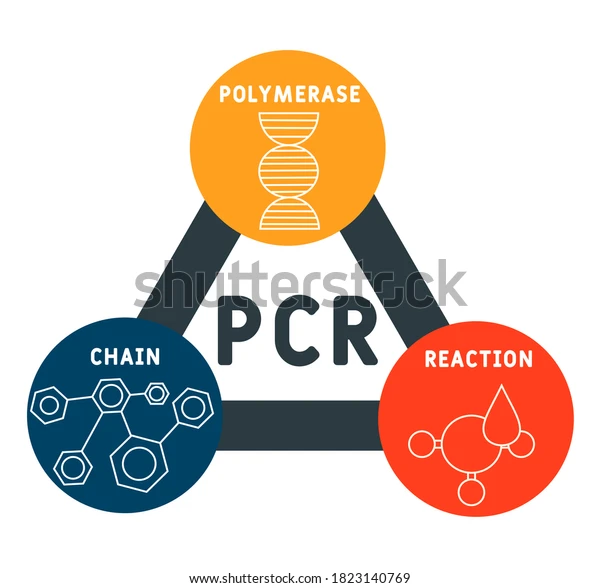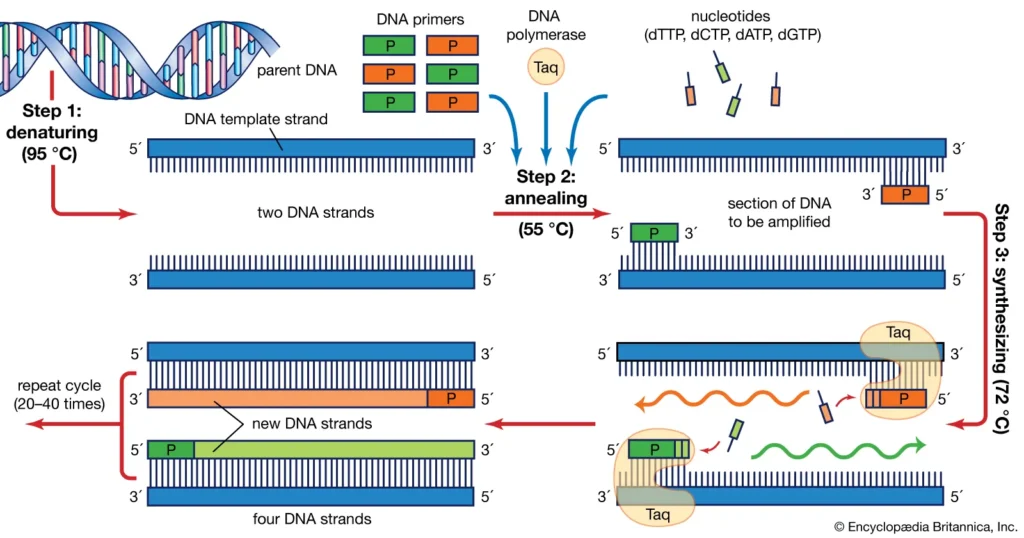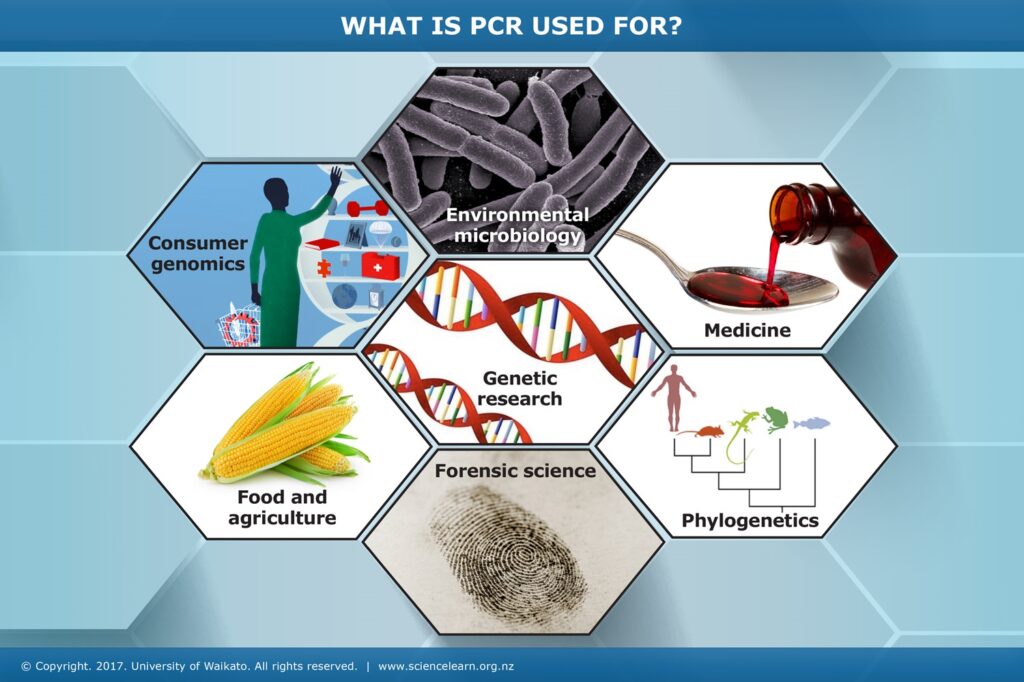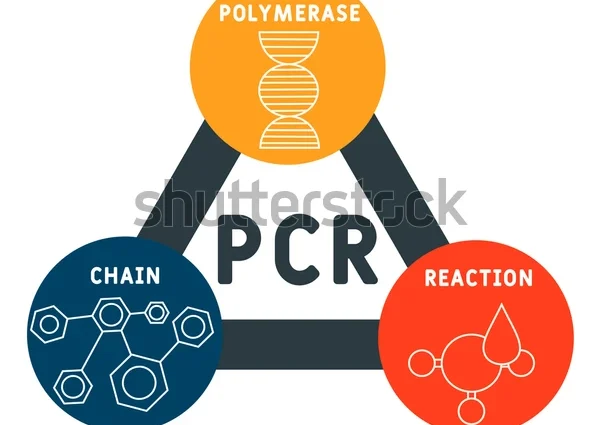
ABSTRACT:
In the article, we will discuss about the polymerase chain reaction, one of the greatest innovation in the modern molecular biology and forensic biotechnology. We will discuss about the mechanism, principles, objectives and importance of PCR. This innovation revolutionized the several forensic analysis such as DNA fragmentation and analysis, identification of culprits, analysis of parental lineage, etc. Through this process a small fragment of DNA can be multiplied and copied to million fragments. In 19th century, it was first used in Great Britain to identify the culprit of a murder in a store. We will describe whole process briefly with references.
INTRODUCTION-POLYMERASE CHAIN REACTION:
In the field of molecular biology, the polymerase chain reaction has emerged as a groundbreaking technique, that has revolutionized the way scientists study and manipulate DNA. It was developed in 1980s by Kary Mullis, PCR has become an indispensable tool in various areas of research, including genetics, forensics, medicines and biotechnology. This article will explore the principles behind PCR, its applications and its impact on scientific achievements.
PRINCIPLES OF PCR:
PCR is a technique use to amplify a specific segment of DNA that make it possible to generate millions of copies of a particular sequence of DNA. The process involves a series of temperature cycles that facilitate the replication of DNA. The key components required for PCR include a DNA template, primers(short DNA sequences that flank the target region), DNA polymerase enzyme, and nucleotides(building blocks of DNA). https://www.ncbi.nlm.nih.gov/probe/docs/techpcr
MECHANISM OF POLYMERASE CHAIN REACTION:
The PCR process consists of three main steps: denaturation, annealing and extension. During denaturation, the DNA template heated to a high temperature(typically around 95o C), causing the double-stranded DNA to separate into two single-stranded molecules of DNA, that act as template. In the annealing step, the temperature lowered to allow the primers to bind their complementary sequences on the DNA template. Finally, during the extension step, the temperature raised to an optimal range for the DNA polymerase enzyme to synthesize new DNA strands using the primers as a starting point. The cycle repeated multiple times, resulting in an exponential increase in the number of DNA copies.

APPLICATIONS OF PCR:
PCR has a wide range of applications in various scientific disciplines. In Genetics PCR is used for DNA sequencing, genotyping, and gene expression analysis. It has also played a crucial role in the identification and diagnosis of genetic diseases, as well as in the study of genetic variations and mutations. In Forensic Science, PCR has been instrumental in DNA profiling and identification of suspects in criminal investigations. The ability to amplify small amount of DNA from crime scene samples has significantly improved the accuracy and reliability of forensic analysis. PCR has also found applications in medical research and diagnostics. It used for the detection of infectious diseases, including viral and bacterial infections. Additionally, PCR-based tests have developed for the diagnosis of genetic disorders, such as cystic fibrosis and sickle cell anemia.

IMPACT ON SCIENTIFIC ADVANCEMENTS:
The development of PCR has had a profound impact on the scientific advancements. Its ability to amplify the DNA quickly and efficiently has accelerated the research in various fields. PCR has enabled scientists to study rare genetic mutations, analyze ancient DNA and identify new species. It has also facilitated the synthesis of recombinant DNA through which the field of biotechnology has revolutionized. This led to the development of genetically modified organisms (GMOs) and gene therapy.
CONCLUSION:
PCR has revolutionized the field of molecular biology by providing a powerful tool for DNA amplification. Its applications in genetics, forensics, medicines, and biotechnology have significantly advanced scientific research and diagnostics. As PCR continues to evolve and it holds the potential to unlock new discoveries and further our understanding of the complex world of DNA.
Keywords: Polymerase chain reaction.
REFERENCES:
Mullis KB. The unusual origin of the polymerase chain reaction. Scientific American. 1990;262(4):56–61. 64–5.
Weier HU, Gray JW. A programmable system to perform the polymerase chain reaction. DNA. 1988;7(6):441–7.
Dworkin AM, et al. Merkel cell polyomavirus in cutaneous squamous cell carcinoma of immunocompetent individuals. J Invest Derm. 2009;129(12):2868–74.
VanGuilder HD, Vrana KE, Freeman WM. Twenty-five years of quantitative PCR for gene expression analysis. BioTechniques. 2008;44(5):619–26.
Valasek MA, Repa JJ. The power of real-time PCR. Advances in physiology education. 2005;29(3):151–9.
Stahlberg A, Thomsen C, Ruff D, et al. Quantitative PCR analysis of DNA, RNAs, and Proteins in the same single cell. Clin Chem. 2012;58:1682–1691.
Botes M, de Kwaadsteniet M, Cloete TE. Application of quantitative PCR for the detection of microorganisms in water. Food Microbiol. 2011 Aug;28(5):848–61.


